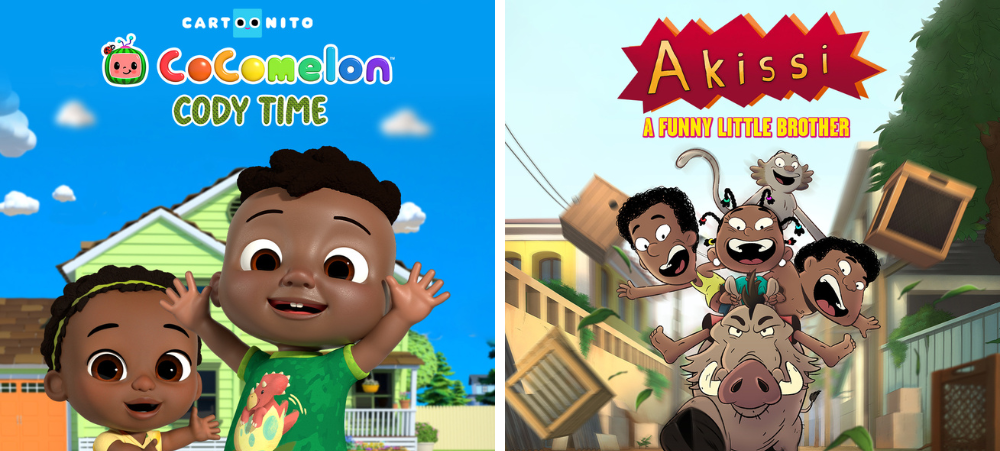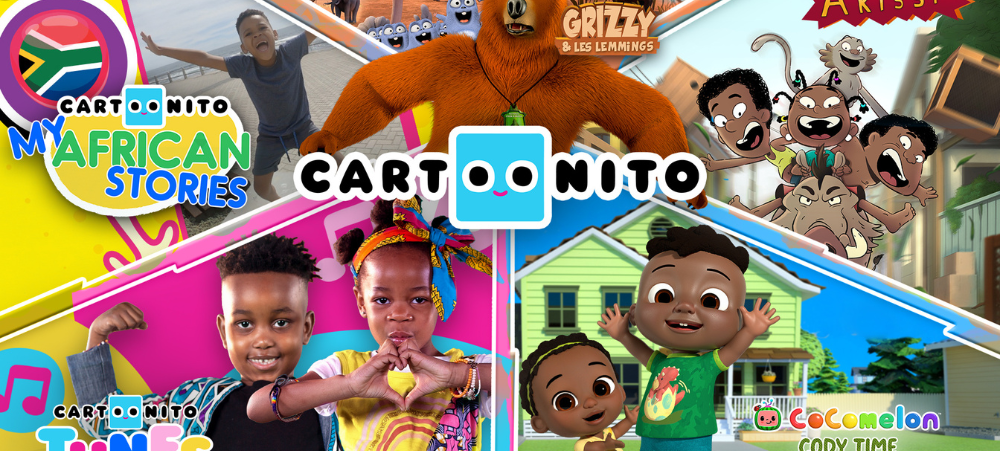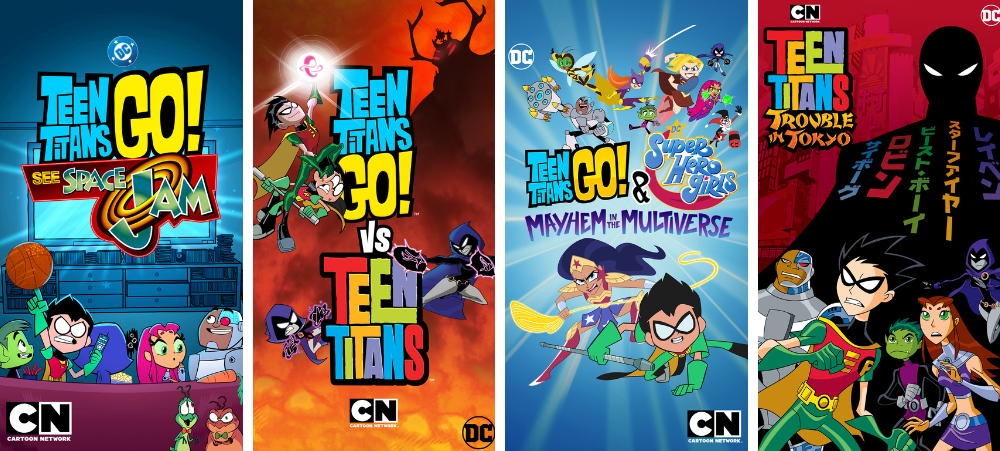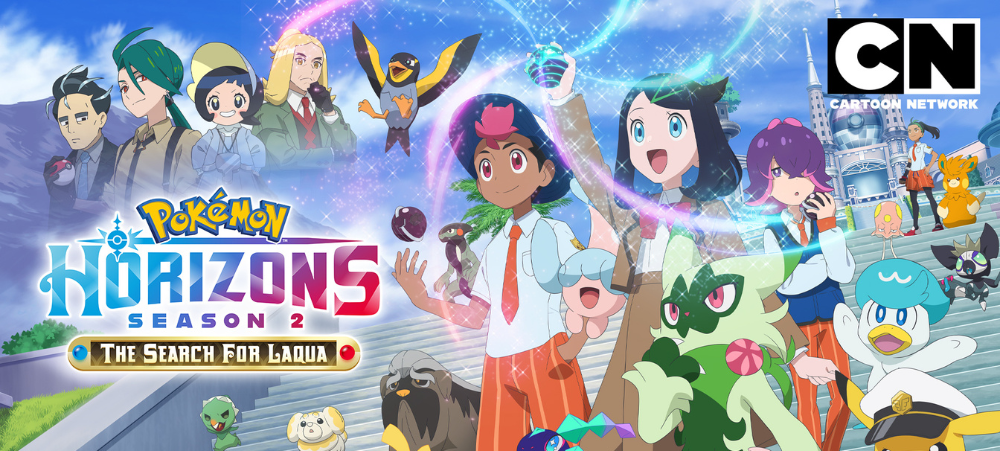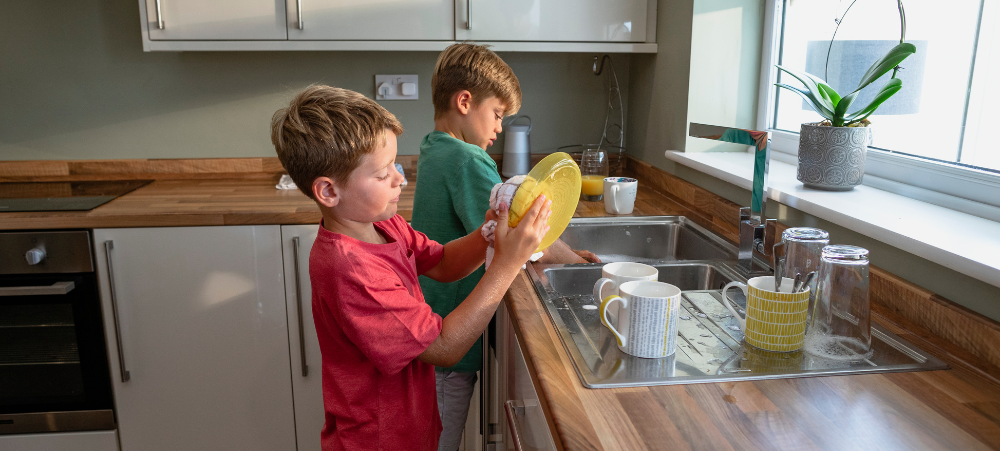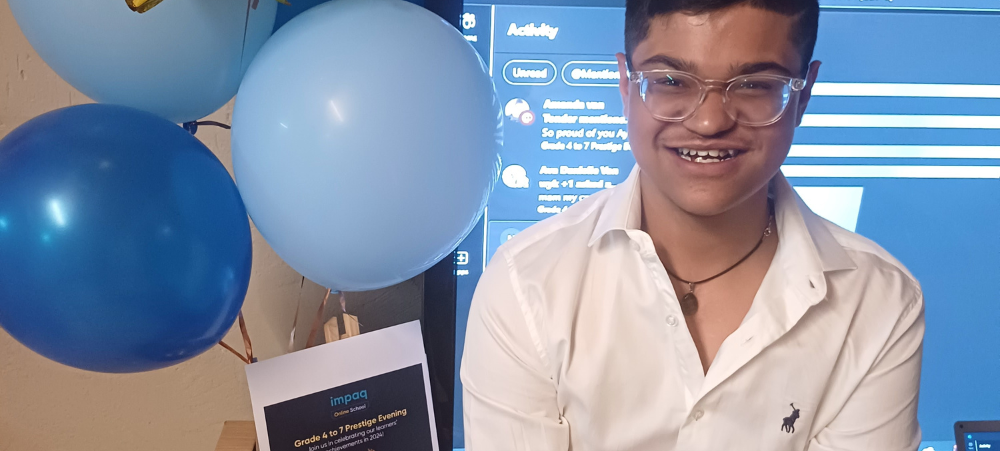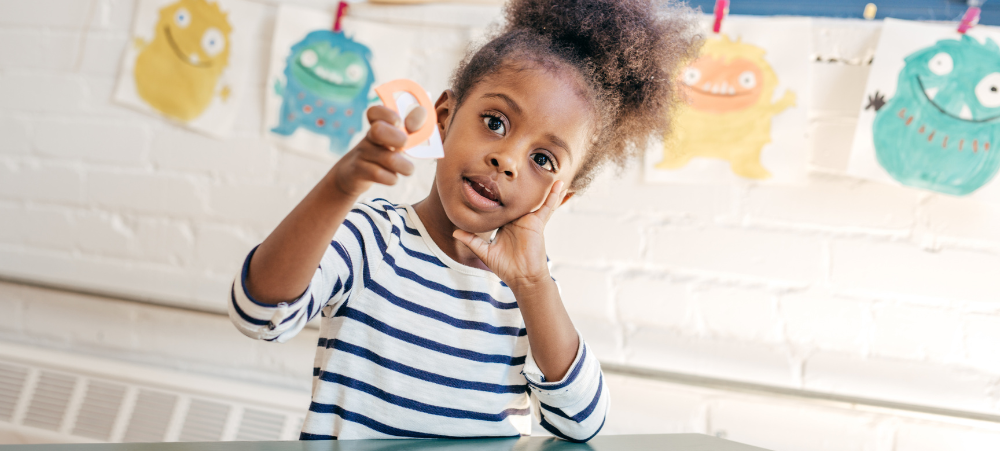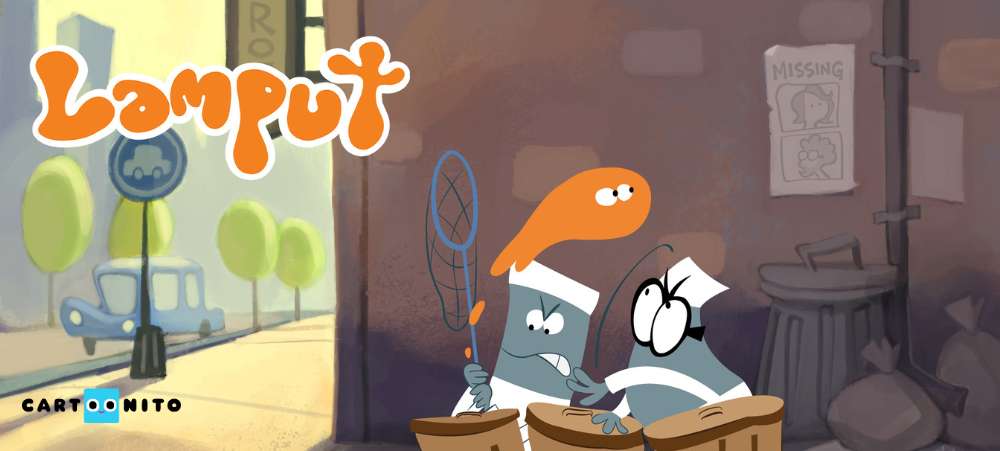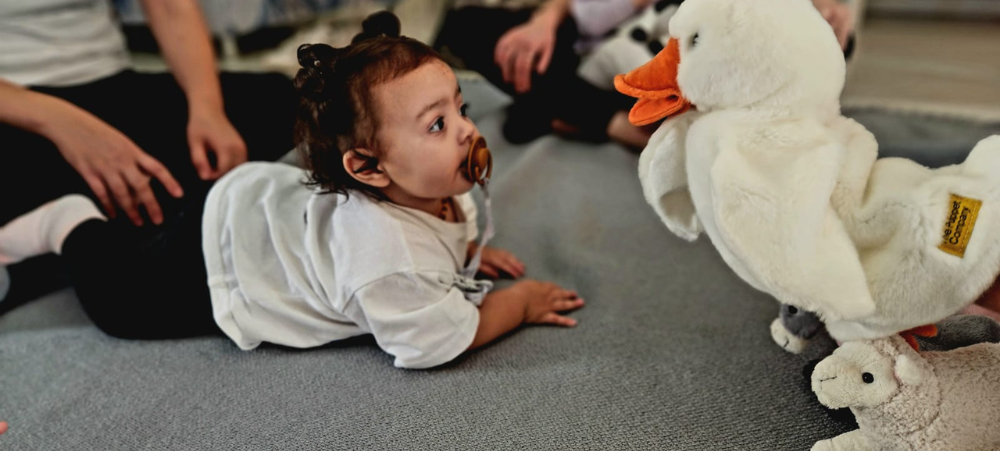
Is It Just a Phase? Understanding Toddler Behaviour from a Developmental Lens
“Why is she throwing her shoe across the room?”“Why is ‘no’ the only word he knows?”“Why is bedtime suddenly a battle?” If these questions sound familiar, take a deep breath: You’re parenting a toddler — and yes, most of what you’re experiencing is “just a phase.” But these phases aren’t random. Behind every outburst, clingy spell, or wild mood swing is a tiny brain undergoing massive growth. When we look at toddler behaviour through a developmental lens, things start making a lot more sense (and feel a little less personal). 🧠 What’s Going On in the Toddler Brain? Between ages 1 and 4, your toddler’s brain is in overdrive, especially in areas responsible for: During this time, the prefrontal cortex — the part of the brain responsible for impulse control and reasoning — is still very underdeveloped. So when your toddler grabs, screams, or refuses to share, they’re not being “bad” — their brain simply can’t handle big feelings yet. “Toddlers aren’t giving us a hard time. They’re having a hard time,” says Dr. Mona Delahooke, child psychologist and author of Brain-Body Parenting. 📌 Common “Phases” Explained Let’s break down some typical toddler behaviours — and what they often mean. 😤 Tantrums 🧠 Sign of emotional overload and limited self-regulation. Toddlers don’t yet know how to calm themselves down. 🚫 Constant “NO!” 🧠 Assertion of independence. Saying no is a toddler’s way of exploring autonomy. 🧸 Clinginess 🧠 A natural response to separation anxiety or changes in routine. It’s about seeking safety, not manipulation. 🌀 Repetition (same book, same snack, same routine) 🧠 Predictability helps toddlers feel secure in a world full of change. Repetition is a comfort strategy. 🥕 Picky Eating 🧠 A normal part of development as toddlers exert control and develop food preferences. 🛏️ Sleep resistance 🧠 A mix of separation anxiety, fear of missing out, and growing cognitive awareness. 💡 How to Support Your Toddler Through These Phases 1. 🧘 Stay Calm (Even When They Aren’t) Your regulation helps them learn theirs. Narrate what’s happening calmly and offer reassurance. 2. 💬 Use Simple Language Toddlers understand far more than they can say. Speak in short, clear sentences when setting boundaries or offering comfort. 3. 🔄 Offer Choices, Not Ultimatums “Do you want the red cup or blue cup?” lets them feel in control without turning into a power struggle. 4. 🕰️ Predictable Routines Routine reduces anxiety and helps toddlers feel safe. Even a simple “first/then” structure works wonders. 5. 🧠 Validate Their Experience Instead of “You’re fine,” try: “That was a loud noise — it surprised you!” Naming emotions builds emotional intelligence. 🚩 When to Seek Support While most tricky behaviour is developmentally normal, consider speaking to a paediatrician or child psychologist if: Sources:





